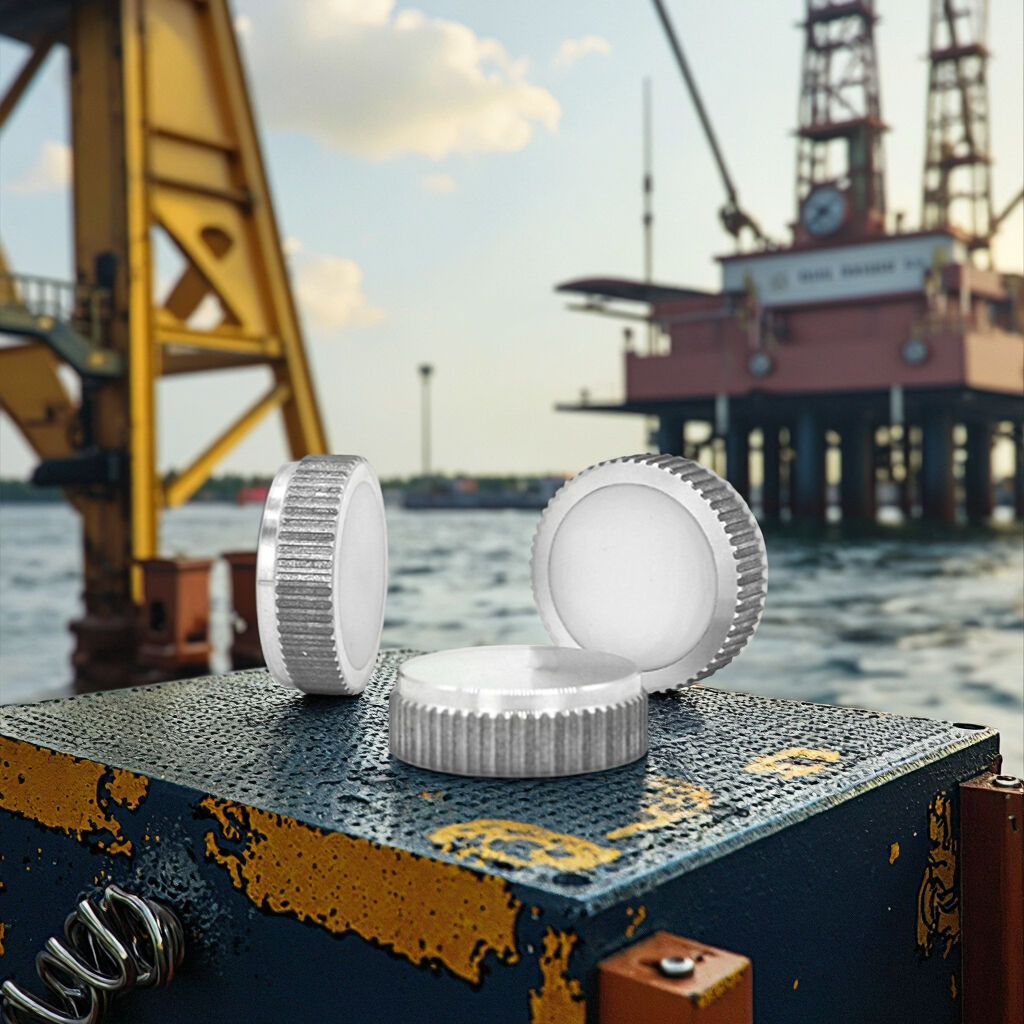Life cycle management of drill pipes is a critical and complex task in the oil and gas industry. Drill pipes are subjected to extreme conditions (high pressures, corrosive environments and intense mechanical stress), which makes their monitoring, maintenance and replacement a logistical challenge. Traditional methods such as manual inspection or barcode systems are often insufficient due to inefficiencies, human error and challenging operating environments. Radio Frequency Identification (RFID) technology has emerged as a transformative solution to enable robust, efficient and accurate lifecycle management of oil drilling pipes. This paper explores how RFID tags for oil drilling pipelines can address key challenges in lifecycle management, improving operational efficiency and reducing costs.
Issues in Drill Pipe Lifecycle Management
Drill pipe is an essential component in oil and gas exploration, used to deliver drilling fluids and torque to the drill bit. Its lifecycle, from manufacturing to deployment, maintenance and eventual decommissioning, presents several challenges:
Tracking and identification: Drill pipe is often stored, transported and reused in multiple locations. It is difficult to track individual pipes, their usage history and condition using manual or paper-based systems.
Environmental Sustainability: The harsh conditions of drilling operations, including extreme temperatures, corrosion, and physical wear and tear, make traditional identification methods, such as barcodes, unreliable because they can break or become illegible.
Safety and Inspection: Regular inspections are necessary to ensure drill pipe meets safety and performance standards. Manual processes are time-consuming and error-prone, leading to potential safety risks or unexpected failures.
Cost management: Inefficient monitoring and maintenance can lead to premature pipe replacement or overuse, increasing operating costs and downtime. These challenges require a reliable, automated and sustainable solution, and RFID technology is uniquely positioned to deliver it.

How RFID Technology Can Meet These Challenges
RFID tags for oil drilling pipelines are small, ruggedized devices integrated or attached to drilling pipelines that can store and wirelessly transmit data over radio waves. These tags consist of an electronic chip and an antenna that allows communication with an RFID reader without physical contact or direct visibility. Next, we describe how RFID addresses the key challenges of rig lifecycle management.
Better tracking and identification
RFID tags provide each drill pipe with a unique digital identifier that stores key information such as manufacturing details, usage history and maintenance records. Unlike bar codes, RFID tags can be read remotely (up to several meters, depending on the system), even in dusty or muddy conditions. This enables real-time monitoring of drilling pipes at drilling sites, warehouses and transportation networks. For example, operators can quickly identify the origin, number of times the pipe has been used and its condition without the need for manual labor, thus reducing errors and improving inventory management.
Sustainability in Harsh Environments
RFID tags designed for oil and gas applications can withstand extreme conditions. These tags are encased in materials such as high-strength polymers or metal alloys that are resistant to corrosion, low temperatures (up to 200 °C or higher) and mechanical stress. Unlike bar codes or paper tags, which degrade in harsh environments, RFID tags remain functional throughout the drill pipe lifecycle, ensuring consistent readability and reliability.
Streamline Maintenance and Inspection
RFID technology automates the maintenance and inspection process by integrating with a digital management system. Each tag can store inspection dates, test results and maintenance records, which can be accessed via portable or fixed RFID readers. This enables operators to quickly check the condition of pipelines and their compliance with safety standards. For example, an RFID system can indicate that a pipe is approaching the end of its useful life, thus preventing overuse and reducing the risk of failure. Automation also reduces manual work, saving time and minimizing human error.
Cost Effectiveness and Lifecycle Optimization
RFID tags help optimize the lifecycle of drilled pipe by improving tracking and maintenance accuracy. Operators can make data-driven decisions about when to repair, rotate or remove pipe, reducing unnecessary replacement.

Implementation of RFID Tags for Oil Drilling Pipelines
The implementation of RFID technology in drilling pipeline management involves several steps: Tag Selection and Installation: Select RFID tags designed for oil and gas applications and ensure they meet durability and temperature requirements. Tags are typically integrated into pipeline tool seals or attached via adhesives or mechanical fasteners. Reader Infrastructure: Deploy RFID readers at key points such as drilling rigs, storage yards and inspection stations. These scanners can be portable for flexibility or fixed for automated scanning. Data integration: Integrate RFID data with asset management software, such as enterprise resource planning (ERP) systems, to centralize data and enable real-time monitoring. Training and Adoption: Train employees on RFID system operations, including tag reading, data interpretation and system maintenance.
Future Potential of RFID In The Oil and Gas Sector
The adoption of RFID technology in oil drilling pipeline management is part of a broader trend toward digitization in the oil and gas industry. Future advances may include: IoT integration: combining RFID with Internet of Things (IoT) platforms to enable real-time analytics and predictive maintenance. Enhanced data capacity: developing tags with greater storage capacity to include detailed lifecycle data, such as real-time stress or corrosion measurements. Standardization: Industry standards for RFID implementations can accelerate interoperability and reduce costs in the supply chain.
RFID tags for oil drilling pipelines provide a powerful, efficient and cost-effective solution to the challenges of managing the lifecycle of oil drilling pipelines. By enabling accurate tracking, persistent identification and simplified maintenance, RFID technology improves operational efficiency, reduces costs and enhances safety in the oil and gas industry. As digitalization continues to transform the industry, RFID tags will play a central role in optimizing asset management and promoting operational excellence. Guangdong Xinye Intelligent Labeling Co., Ltd. develops and produces oil drilling rod tags, which are specially designed for the oil and gas industry. After many technical tests, they are able to maintain stable performance in the extreme environments of thousands of meters of deep wells with temperatures ranging from -50° C to 300° C and atmospheric pressure of 120 MPa. Guangdong Xinye Intelligent Labeling Co., Ltd. welcomes you to consult the specific technical parameters of the oil drilling pipe, let us work together to overcome the technical difficulties!